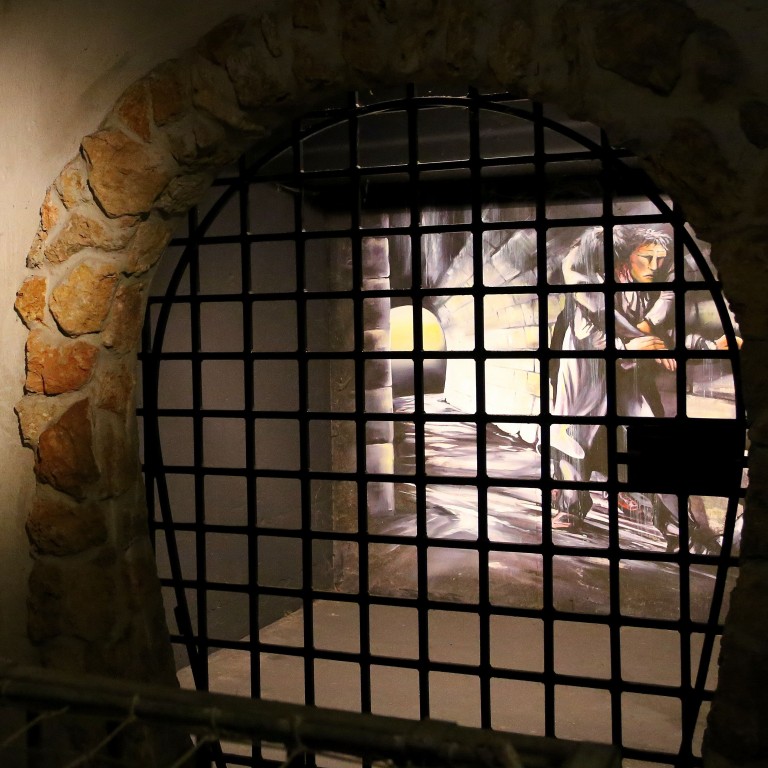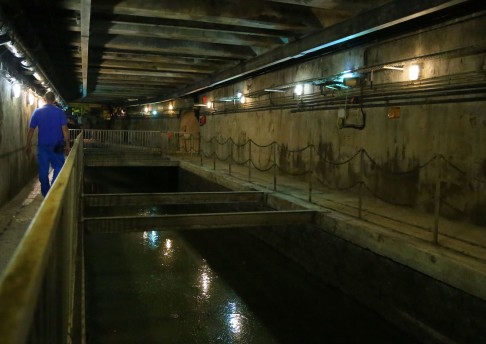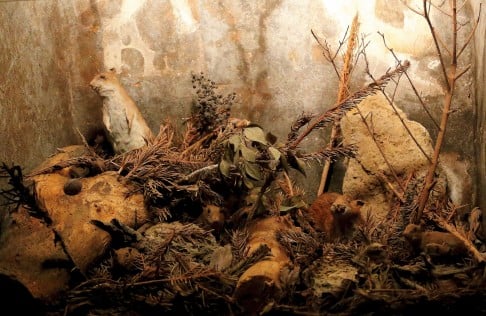
Dark side of the City of Light: the Paris sewer museum
Forget Versailles, the Eiffel Tower and French fashion. If you want to be impressed by a marvel of Parisian design, head deep underground to view 'the intestines' of the city
Sure, not everyone gets the appeal of Paris’ subterranean spectacle. I wondered if the gritty reality of Paris’ underbelly might be a little ... overpowering.
But, as tour guide Jean-Charles Pintori puts it: “They are wrong.” And in fact, tucked deep underground, the museum maintains an even temperature, and the ambience, while a little smelly in parts, is not overwhelming. In some areas, the air is quite fresh, and with the artfully lit galleries and exhibits, you almost wouldn’t know where you were.
Almost. Walking past a canal, its dark surface prettily reflecting the glow of tunnel lights, I see tiny bubbles popping on the surface, creating an effervescent sparkle. They turn out to be escaping methane gas.

Exhibits trace the history of Parisian sewerage from the Middle Ages, when streets had drains for wastewater in the middle, to the current incarnation, which got a major overhaul in the mid-19th century under the supervision of city planner extraordinaire Baron Haussmann and engineer Eugene Belgrand.
The current system is unusual in that it also includes conduits for drinking water, handles rain run-off and houses telecommunications cables.
Displays of equipment – some antique, some current – show the tools that keep the tunnels clear. Workers remove about 15,000 cubic metres of solid waste per year.
It’s a tough job. Still, there are some families who have worked in the sewers for generations and are proud of their public service. Most are men, but there are about a half-dozen women.

Writer Victor Hugo called the sewers “that wonderful underground city” and used them as the setting for Jean Valjean’s dramatic rescue of Marius in Les Misérables. You’ll find a picture of the rescue in a corner of the museum along with a map showing the sewers as they were around 1830, when the novel was set.
People aren’t the only creatures travelling these tunnels, as a glass case full of stuffed rats indicates. We pause at a storm drain to see if we can spot one on my tour. I am happy to report that we don’t.
A display of antique swords catches my eye. Apparently at some point, someone tossed them, and into the gutters they went.

As Pintori pointed out, the sewers are “the intestines of Paris. Everything comes through here.”
Modern-day Parisians are likelier to lose keys than fencing foils down storm drains. If that happens, there’s a number you can call to ask a worker to go and look for your lost possessions. Officials report they perform anywhere up to 3,000 such operations per year with an 80 per cent success rate.
Like all good museum tours, this one ends at the gift shop, where you can buy mementoes of your visit including stuffed (toy) rats.

Unlike most museum tours, departing visitors are admonished to wash their hands, to ensure they leave with nothing but memories.
The sewer museum of Paris (en.parisinfo.com) is near the Pont d’Alma and opposite 93 Quai d’Orsay. Open Saturday-Wednesday, 11am to 4pm. Admission: €4.40 (HK$38). Guided tours are highly recommended, but reservations are required.
Associated Press
